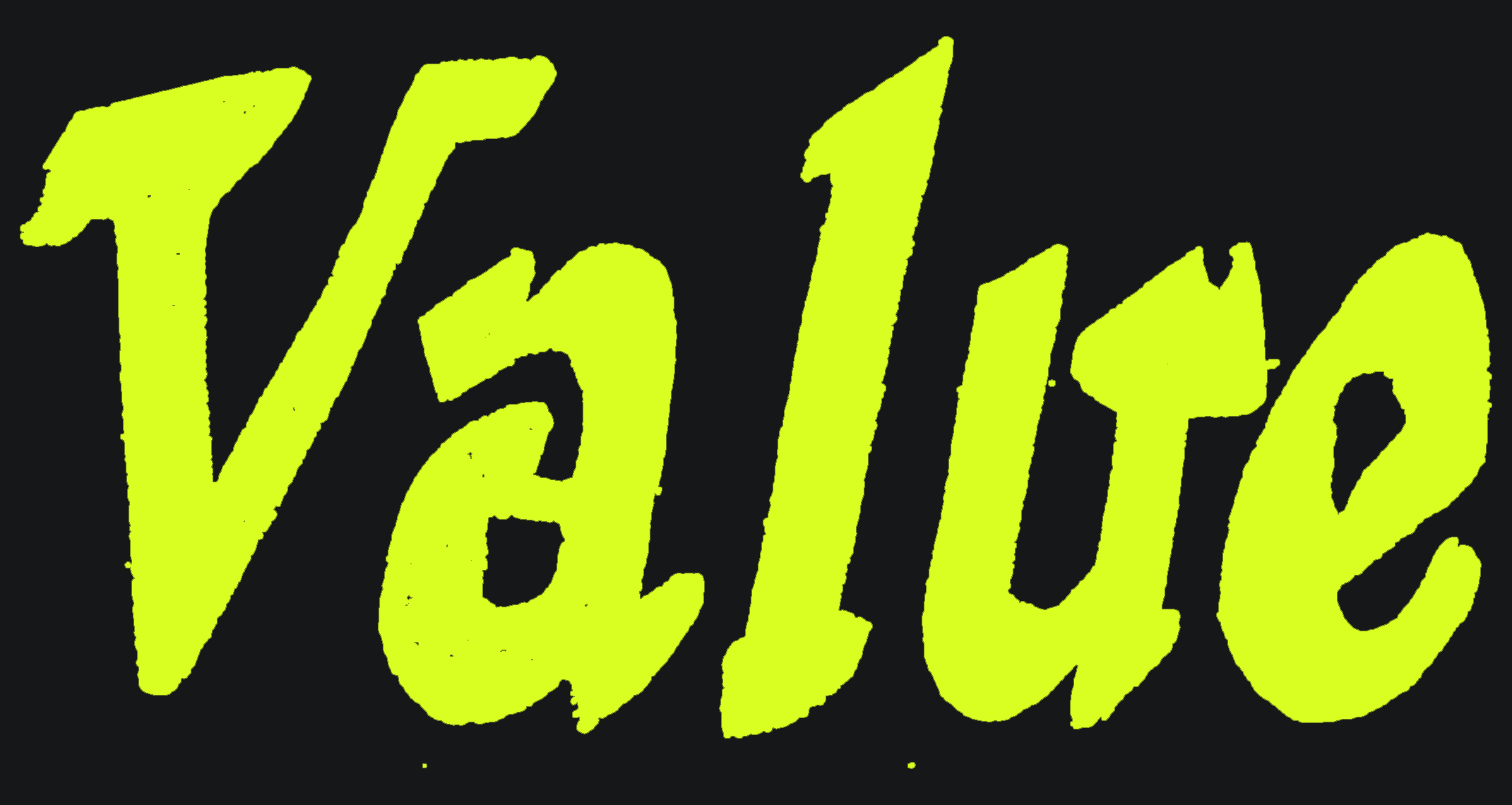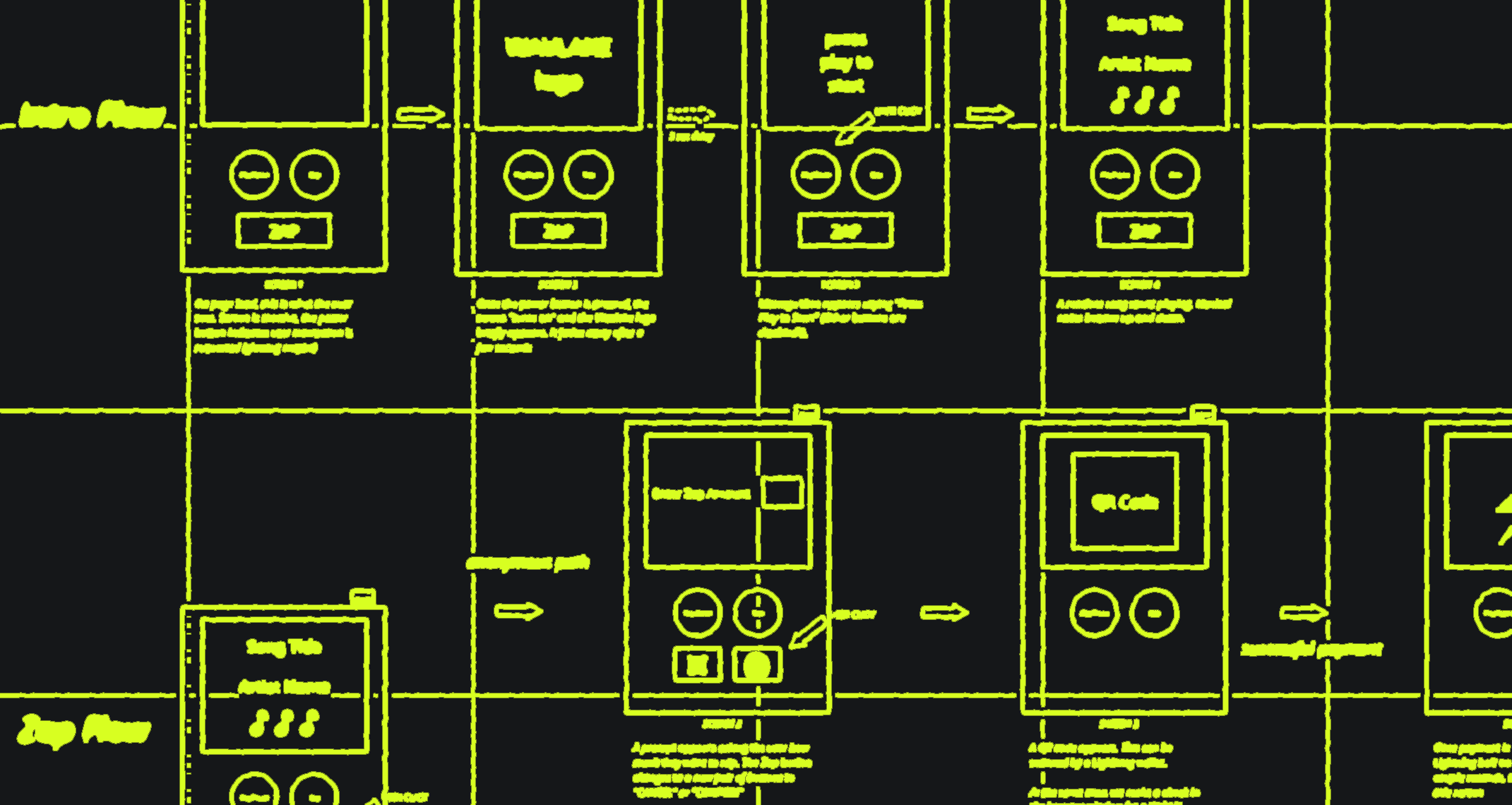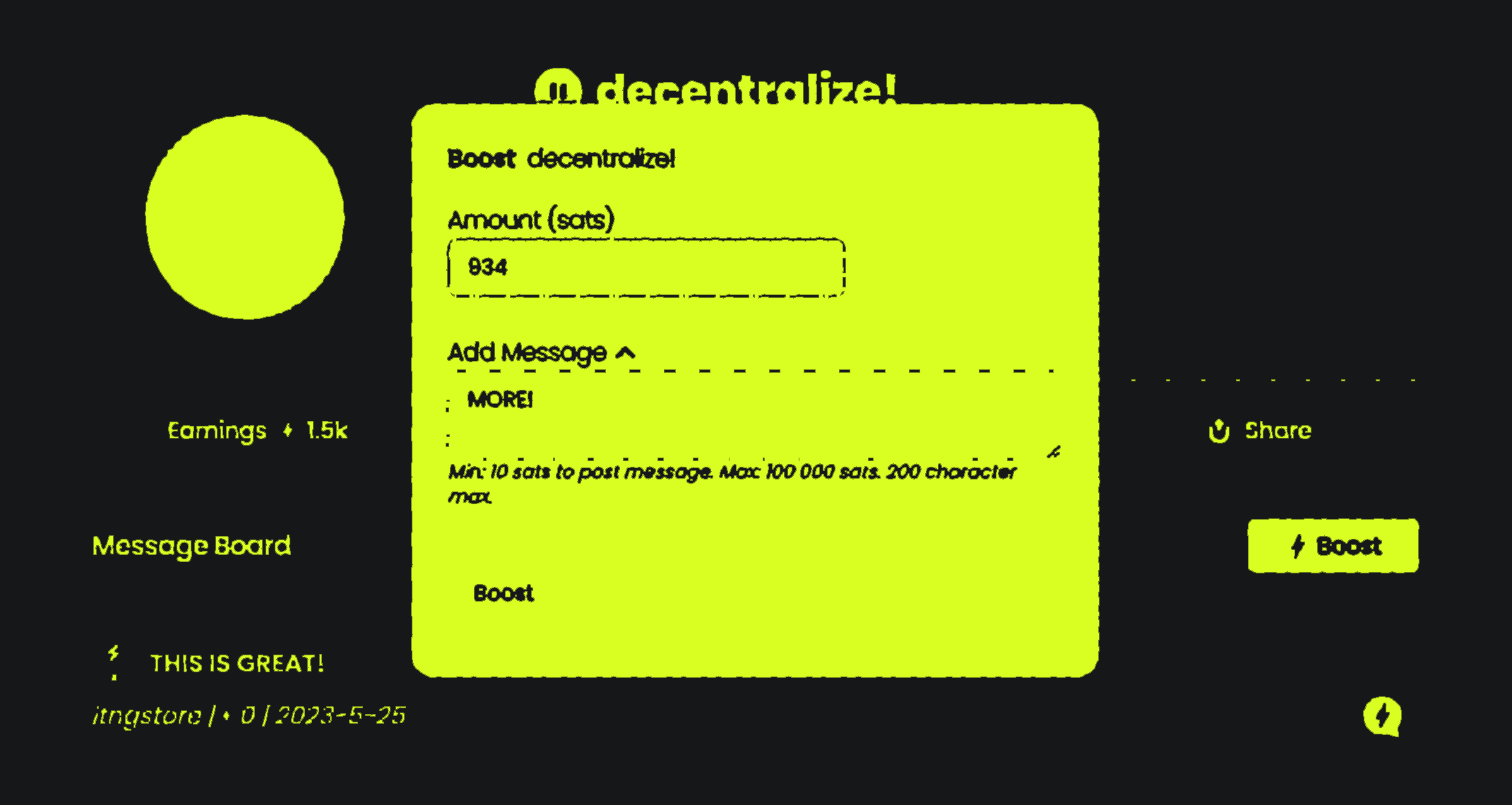Value for Value Music with Lightning: What a concept!

The concept of Value for Value music streaming using the Lightning Network represents a new kind of marketplace for digital music. This model allows for greater artist control and decentralization because the music isn't just published on a single, central platform, but can be distributed across the internet to an unlimited number of clients. It also allows for real-time updates whenever artists publish new content.
The added benefit is that this model allows artists to be paid directly by their fans, bypassing traditional intermediaries such as streaming services or record labels.
To understand how Value 4 Value streaming platforms, such as Wavlake, are able to create an open music marketplace using standard protocols, it's important to first understand the main components:
- RSS (Really Simple Syndication): A web feed that allows users and applications to access updates to online content in a standardized, computer-readable format. In the context of a music streaming platform, artists can use RSS feeds to publish new songs or albums, which would automatically be updated and interoperable on any platform pulling in the feed. Much like how podcasts work today.
- Lightning Network: A "second layer" payment protocol that operates on top of Bitcoin. It's faster and more efficient, allowing for micro-transactions with essentially no fee. This makes it ideal for applications like streaming music services, where many small transactions might occur.
- Nostr (Notes and Other Stuff Transmitted by Relays): Nostr is a network of relays that allows anyone to publish content on the network, and anyone else to subscribe to these publications. Essentially, it is a decentralized and federated network for public events, currently used primarily in social media. However, this could allow for decentralized publication and subscription of music tracks in the future; Wavlake built Wavman as an early proof of concept music player on Nostr. You can read more about that here.
Here's how all these pieces come together:
As a listener, instead of paying a subscription to a streaming platform, you send bitcoin micro-payments (Boosts) directly to artists as you listen to their music. These optional payments can be small amounts, even fractions of a cent, which add up over time and as more fans listen. The transactions are facilitated by the Lightning Network, which makes them quick and low-cost. This way, artists can get paid directly and instantly every time a listener sends a payment, and the amount they receive is directly proportional to how much their music is boosted.

This model benefits artists in several ways:
- Direct Payments: Artists receive payments directly from their listeners, without any middlemen. This could lead to higher revenues for the artist, especially smaller or independent artists who may not have the bargaining power with traditional platforms or record labels.
- Immediate Payments: Traditional streaming platforms usually pay artists on a monthly, quarterly, or even yearly basis. With the Lightning Network, artists can be paid instantly every time their song is boosted.
- Borderless: The borderless nature of the Lightning Network is facilitated by the global accessibility of the Bitcoin network itself. As long as both parties have access to the Lightning Network, they can send and receive payments instantly, irrespective of their physical location.
- Fair Compensation: Under the current streaming model, subscription fees are pooled and divided based on total platform plays, which heavily favors the most popular artists. The Value for Value model ensures that payment goes directly to the artists you listen to, regardless of their overall popularity.
- Transparency: With direct, trackable transactions, there's little room for disputes over plays or pay. Artists can see exactly how much they're making from each listener.
- Fan Connection: This model can help foster a closer relationship between artists and fans, as fans know their money is going directly to support the artists they love. This could lead to stronger fan bases and more engagement.
- Micro-monetization: Artists can monetize every single play of their music, no matter how small. This could incentivize the creation of more diverse music, as artists wouldn't need to rely on mass appeal to make a living.

Why would an artist upload their music to a free and open library with no guaranteed revenue stream? To be fair, there's not much guarantee on the current system either. Artists need 250 streams on traditional platforms to earn a single dollar–Whether it's one listener streaming 250 times, or 250 individuals, the artist only has the opportunity to make a single dollar off those plays.
UK singer/songwriter Joe Martin is a great example of an artist who benefited from Value for Value. During a 30-day period, he logged his track "High Gravity" on V4V platforms and earned £80. This may not seem like a large sum, but it's worth noting that in the previous 5 years of streaming on traditional platforms, he only made £32 in total revenue. In just 4 weeks, he increased his revenue by 2.5 times compared to the previous 5 years.
We will hear more stories like Joe's in the coming months and years. Just imagine the impact it will have when an artist earns 2.5 times the amount they normally would on a substantial sum. It's only a matter of time.
Fans of the Value for Value model have various payment options. Listeners can choose to pay nothing at all or contribute the same fraction of a penny that artists are used to receiving. However, if they really love a track, they may decide to boost their support by making a single transaction of $1, $5, $20, or even more. But why stop there? Listeners who are getting maximum value may choose to provide maximum support over a period of time, offering value far greater than they ever could on traditional platforms.
There are additional benefits to an open library to consider:
- Exposure and Reach: Offering music for free can help artists gain wider exposure and reach a larger audience. By removing the barrier of entry, more people are likely to discover and listen to their music. This increased visibility can lead to greater recognition, fan base growth, and more opportunities for monetization.
- Building a Fanbase: Providing music for free can be a way to build a loyal fanbase. By freely sharing their work, artists can engage with listeners and develop a direct relationship. This can foster a sense of community and support, as fans appreciate the artist's generosity. These dedicated fans may then be more inclined to support the artist through other means, such as attending concerts, or purchasing merchandise.
- Crowdfunding and Donations: A Value for Value system often involves giving listeners the option to voluntarily contribute money to support the artist. By offering their music for free, artists can appeal to their audience's goodwill and rely on donations or crowdfunding to sustain their creative endeavors. This approach relies on the principle that fans who appreciate and value the artist's work will be willing to contribute financially to ensure its continuation.
- Alternative Revenue Streams: Artists may see the free distribution of their music as a means to generate revenue through alternative channels. For example, they may leverage their increased exposure to secure partnerships, licensing deals, or other opportunities that can generate income.
- Artistic Integrity and Philosophy: Some artists prioritize the idea that art should be freely accessible to all. They may believe in the power of their music to make an impact on a broader scale, and their primary goal may be artistic expression rather than monetary gain. For them, sharing their work freely aligns with their creative philosophy and allows them to connect with a diverse audience.
This model aims to foster a community-driven ecosystem where listeners become active participants rather than passive consumers. Artists often offer additional perks or benefits to supporters, such as exclusive content, early access to new releases, behind-the-scenes updates, or even personal interactions and meet-ups. These incentives help strengthen the bond between the artist and their audience, making the listener feel more engaged and invested in the artist's success.
Overall, the listener incentive in the Value for Value music streaming model is the ability to directly support the artists they appreciate, actively participate in the process, and receive additional benefits and rewards for their contributions. It creates a more intimate and mutually beneficial relationship between artists and their fans, encouraging a sustainable and artist-centric approach to music distribution.

Implementing this model on a large scale faces several challenges, such as education and adoption. However, Wavlake is simplifying that process today. While artists can still stream music through established platforms, they should consider giving "Value for Value" a try and direct fans to platforms like Wavlake to see how they compare over time.
We need to move away from broken and unsustainable systems. Start today and begin uploading and/or listening to music within minutes. Users, including both artists and listeners, can easily create an account on Wavlake.com. Artists can upload their music tracks via Studio, which has a built-in Lightning wallet. Listeners can set up a payment method using a Lightning Network compatible wallet, such as Cash App, or Strike, to fund their account with Bitcoin.
Spread the word to your friends and fans, and join us now in this exciting new movement for artists.